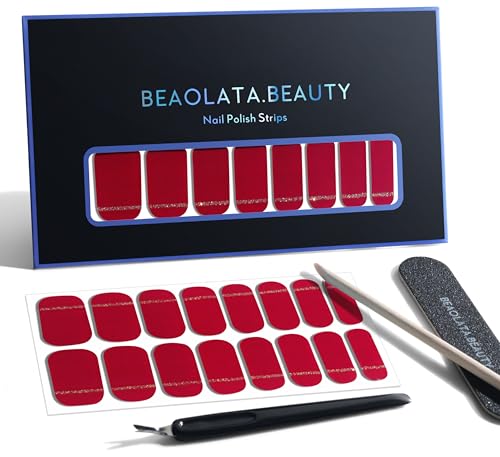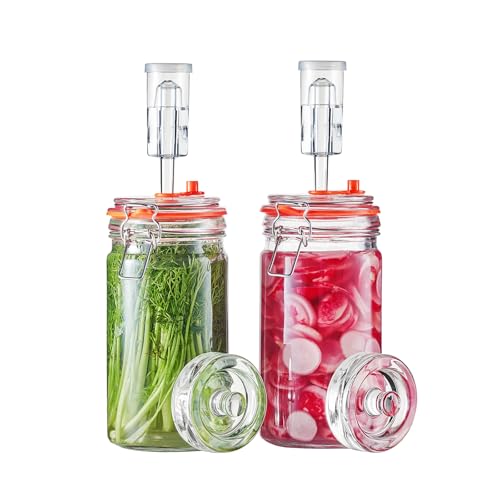Hi,
I appreciate this is probably a common question, but this may have a slightly different twist to the norm.
I'm only new to wine making (I'm introduced myself in the new members forum) and have possibly dived into the deep end for a beginner wine maker.
For my first attempt at making wine I've chosen to try the Appassimento Technique, semi-drying the grapes before fermenting them.
I only have a few vines (3) and this year ended was able to fill a 10L bucket with the grapes I got. At the time of harvest they had a reading of about 23 Brix. I separated a couple of bunches, de-stemmed, crushed and started them fermenting separately, using the wild yeast. They fermented as hoped/expected.
The remaining grapes I semi-dried, then de-stemmed and crushed them, mixed in the pre-fermenting grapes and started the fermentation process. The Brix at that point was 27.
From there the grapes fermented away quite happily for a couple of weeks and them stopped, the Brix now at 18. I thought maybe it was because the temperature was getting too cold (around 15-17 degrees Celsius, 60F), so I put them into a temperature controlled fridge where it's sitting on about 22-23 degrees Celsius, 72F.
I've had it in the warmer condition for a couple of weeks and the Brix is still on 17, so it looks like the fermentation has stalled. That said, there is a strong smell of alcohol coming from the grapes.
From what I’ve read online, I should be expecting the Brix to get to roughly 0.
That said I tested a purchased bottle of wine and it read a Brix of 7. I’m assuming it’s probably had sugar added?
I also tested purchased Vodka, which had a Brix of 14, no idea why that is?
So I’m now unsure if I should be expecting a Brix of 0 for my fermenting grapes?
If the fermentation has stopped early, my first though is should I add a higher alcohol tolerant yeast? I am reluctant to go down that path as I’m concerned it will significantly affect the taste and ruin the affect I was after using the wild yeast.
Anyway, that’s my, possibly too long-winded, explanation, but hope it was useful and that there is a way forward with my little batch of wine (now down to about 3L).
Thanks!
I appreciate this is probably a common question, but this may have a slightly different twist to the norm.
I'm only new to wine making (I'm introduced myself in the new members forum) and have possibly dived into the deep end for a beginner wine maker.
For my first attempt at making wine I've chosen to try the Appassimento Technique, semi-drying the grapes before fermenting them.
I only have a few vines (3) and this year ended was able to fill a 10L bucket with the grapes I got. At the time of harvest they had a reading of about 23 Brix. I separated a couple of bunches, de-stemmed, crushed and started them fermenting separately, using the wild yeast. They fermented as hoped/expected.
The remaining grapes I semi-dried, then de-stemmed and crushed them, mixed in the pre-fermenting grapes and started the fermentation process. The Brix at that point was 27.
From there the grapes fermented away quite happily for a couple of weeks and them stopped, the Brix now at 18. I thought maybe it was because the temperature was getting too cold (around 15-17 degrees Celsius, 60F), so I put them into a temperature controlled fridge where it's sitting on about 22-23 degrees Celsius, 72F.
I've had it in the warmer condition for a couple of weeks and the Brix is still on 17, so it looks like the fermentation has stalled. That said, there is a strong smell of alcohol coming from the grapes.
From what I’ve read online, I should be expecting the Brix to get to roughly 0.
That said I tested a purchased bottle of wine and it read a Brix of 7. I’m assuming it’s probably had sugar added?
I also tested purchased Vodka, which had a Brix of 14, no idea why that is?
So I’m now unsure if I should be expecting a Brix of 0 for my fermenting grapes?
If the fermentation has stopped early, my first though is should I add a higher alcohol tolerant yeast? I am reluctant to go down that path as I’m concerned it will significantly affect the taste and ruin the affect I was after using the wild yeast.
Anyway, that’s my, possibly too long-winded, explanation, but hope it was useful and that there is a way forward with my little batch of wine (now down to about 3L).
Thanks!









![[Upgraded] 9Pcs Tree Root Growing Box with Drain Holes, Half Transparent Plant Rooting Propagation Ball & Metal Core Twist Ties, for Fast Propagation Plants (Size M)](https://m.media-amazon.com/images/I/514MWQxtWOL._SL500_.jpg)











































